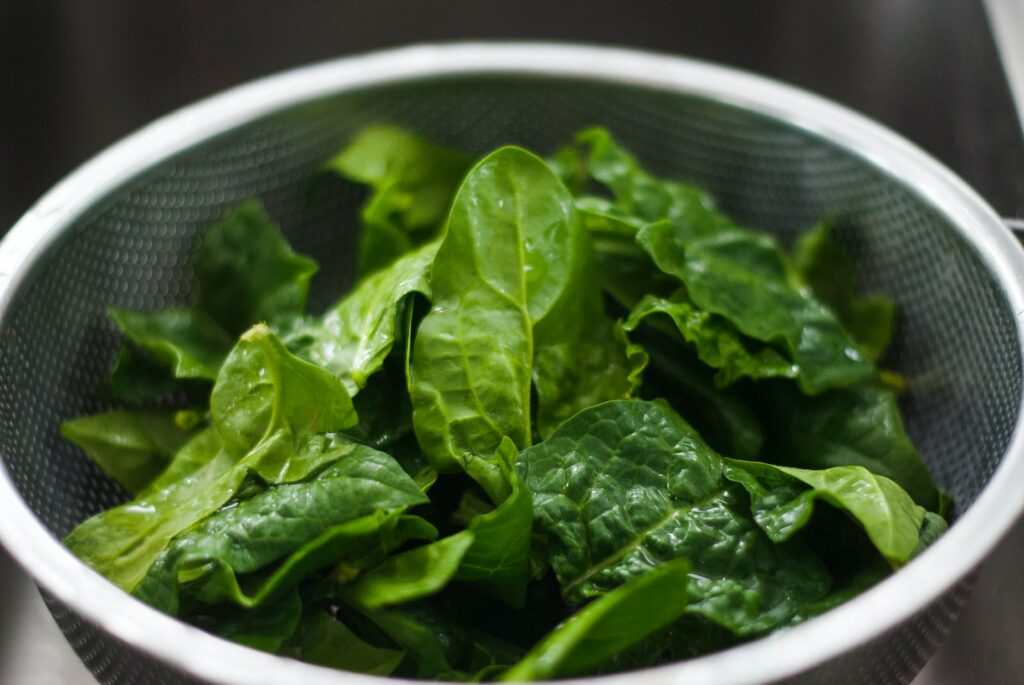
Climate change is a major environmental concern that affects the lives of many people, businesses and organisations around the world. New Zealand is no exception; the impact of climate change is already being felt within our communities, our industries and ecosystems. One of the species that has been particularly affected by climate-induced changes in NZ is Griselinia littoralis, commonly known as puka or broadleaf.
As resilient as it may seem, Griselinia has been struggling to cope with rising temperatures, increased incidence of extreme weather events and an overall decrease in water availability thanks to climate change. Being an evergreen native shrub found mostly in coastal areas, it not only plays an important role in providing food, shelter and resources for some of Aotearoa’s unique species but also acts as a natural regulator of soil erosion and water quality. To ensure its long-term conservation we must take proactive steps to mitigate the effects of climate change on this species’ growth, health and survival.
Understanding the Species
Griselinia littoralis is a subspecies of evergreen shrubs belonging to the Griseliniaceae family. Originating from New Zealand’s native flora, it can be found throughout coastal scrublands spreading southwards from Northland to Fiordland and Stewart Island. Growing up to 10 metres tall and bearing glossy dark green foliage with inconspicuous small white flowers during winter/spring months, these shrubs are known for their resistance against salt-spray making them an ideal choice for stabilizing coastal dunes and windbreaks. The plant grows best in nutrient-rich soils where there is plenty of moisture but can survive periods of drought too.
The fruit produced by this species provide a valuable source of food for birds like tui, bellbird (korimako) or fantail (pïwakawaka). In addition, Griselinia forests act as essential refuges for other threatened plants such as Hebe spp., or Coprosma spp., whilst sheltering large numbers of invertebrates like weta or geckos amongst its dense foliage too.
Impact of Climate Change
Unfortunately climate change has put all these benefits under threat. Rising temperatures combined with prolonged drought episodes have meant less water available for photosynthesis resulting in decreased size, vigour and yield of fruit production in many areas across New Zealand. At the same time exposure to high levels of salt spray due to more frequent storms have caused scorching damage on its susceptible leaves thus weakening the plant further. As a result, populations decline resulting in negative implications for both wildlife that depend on its nectar or fruit as well as erosion control along coasts where its presence was necessary to stabilise dunes against strong winds before human interference disrupted delicate sand systems at hand.
Adapting Strategies
Fortunately though there are ways we can tackle these environmental challenges posed by climate change so that this species may continue to thrive:
- Increase shade protection
Inferior moisture levels mean that direct sun exposure can affect Griselinia vitality more than usual so providing shade through suitable options like tree canopy cover could help reduce stress levels caused by hot summers or droughts;
- Improve water availability
Addressing water shortage issues across farming regions by applying efficient irrigation systems like drip lines or creating artificial ponds should help regulate soil moisture levels better throughout drier months thereby improving Griselinia health;
- Introduce pest control measures
By controlling pests carried over into new locations through human activities we can limit further spread of diseases causing serious damage onto vulnerable trees within susceptible neighborhoods;
- Plant supportive vegetation
Establishing vegetative buffers around existing remnant patches will allow sparser populations more room to grow while holding back invasive competitors such as wilding pines from taking over;
.
Furthermore additional management strategies such as supplementing fertilizers (e.g phosphorous) every two years can also contribute positively towards increasing plant vigour thereby allowing them to withstand stronger weather conditions ahead including more frequent storms over coasts deemed critical hotspots prone to seawater inundation on account of sea level rise being one amongst many other consequences brought forth due to climate change.


